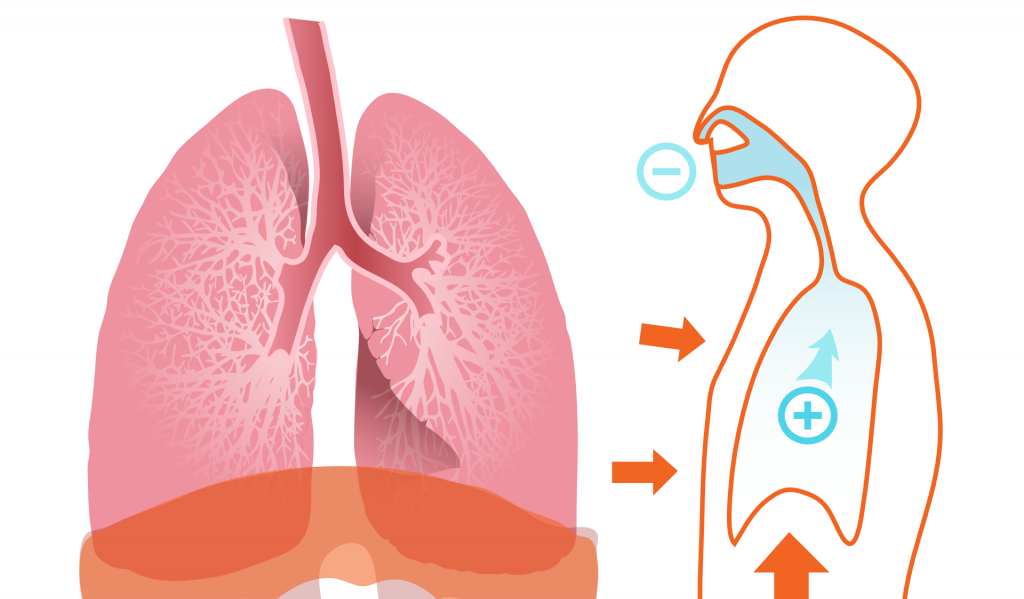People often panicked when their doctor told them during a medical check-up that they had adenocarcinoma in situ (AIS) of the lung. After all, AIS used to be considered a form of pre-cancer or even cancer. Now, however, doctors can tell you in no uncertain terms that there is nothing to fear because adenocarcinoma in situ of the lung is no longer cancer. It has been removed from the list of malignant tumors in the 2021 WHO classification of lung cancer released in March this year.
What is adenocarcinoma in situ (AIS)?
Adenocarcinoma in situ is a group of abnormal cells that are confined only in the epithelium. AIS is non-invasive and has not spread to nearby normal tissues.
Therefore, AIS is not considered a true form of cancer, but rather a lesion that may or may not become cancer.
AIS appears on imaging as a ground glass nodule and its size and features do not usually change over time. There is no significant difference in the quality or duration of survival in people with it compared to those without it.
AIS develops very slowly and can remain confined to the epithelium for a number of years. And many cases may not progress to lung cancer in a person’s lifetime, especially in older people. As a result, treatment is often not necessary.
Even when treated, AIS has an excellent cure rate and prognosis.
What are the implications of AIS of the lung no longer being cancer?
Since it is no longer considered lung cancer, unnecessary follow-up CT scans can be reduced and an annual follow-up CT scan is usually sufficient. Many tumor tests are also no longer necessary.
In addition, people with ground glass nodules suspected of having AIS no longer have to opt for surgery.
In addition, people with lung nodules suspected of having AIS or diagnosed with AIS, no longer have to opt for surgery.
Which lung nodules are considered to be AIS?
Adenocarcinoma in situ usually appears as ground glass nodules (GGN) in the lung on CT scan. Most of them are pure ground glass nodules (pGGN) and a few are part-solid nodules (PSN). It is 5-30 mm in size (mostly <1 cm), uniform in density, CT value <-630 HU, and can have burrs, vacuoles, and blood vessels going through it but no vascular curvature. And no change in lesion after long-term follow-up.
